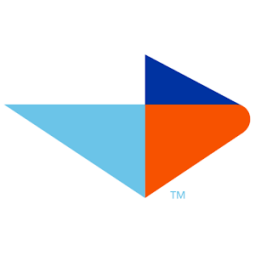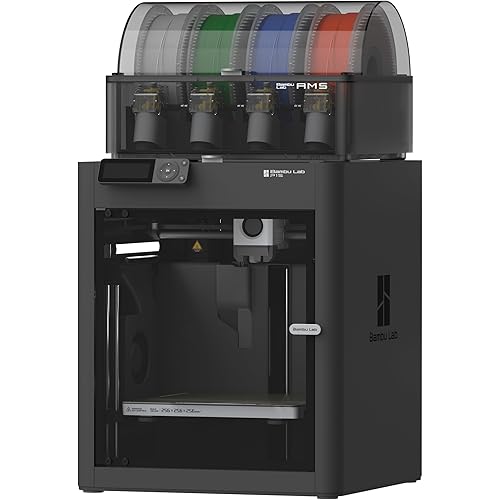Creality K1 SE 3D Printer, with 600 mm/s Printing Speed CoreXY Auto Leveling and Z-Offset, 300℃ Dual-Gear Direct Extruder Full Metal Die Cast Upgraded K1, Printing Size 8.66x8.66x9.84 inch










Buy Now, Pay Later
- – 6-month term
- – No impact on credit
- – Instant approval decision
- – Secure and straightforward checkout
Ready to go? Add this product to your cart and select a plan during checkout.
Payment plans are offered through our trusted finance partners Klarna, Affirm, Afterpay, Apple Pay, and PayTomorrow. No-credit-needed leasing options through Acima may also be available at checkout.
Learn more about financing & leasing here.
Selected Option
FREE refund/replacement until Jan 31, 2026 Learn more
To qualify for a full refund, items must be returned in their original, unused condition. If an item is returned in a used, damaged, or materially different state, you may be granted a partial refund.
To initiate a return, please visit our Returns Center.
View our full returns policy here.
Recently Viewed
Model: K1 SE
Features
- Speedy with CoreXY and Easy to Start: K1 SE inherits the lightweight and agile CoreXY system of the K series. It offers a thrilling max printing speed of 600 millimeters per second and a whopping acceleration of 20000 millimeter per square second without compromising the print quality. The recommended printing speed for optimal print quality is 300 millimeters per second. K1 SE comes pre-assembled and pre-tuned before shipment. After an easy unboxing and set-up, it is ready for plug-and-play. You can easily switch to a nozzle that fits your specific print with K1 SE's one-had swappable nozzle feature. And when you start printing, one-tap auto-calibration gets everything ready for you
- Auto Leveling and Z-offset: Creality K1 SE 3d printer, its auto-calibration gets everything ready, with one tap. Bid farewell to the frustrating leveling work with calibration paper. It equips CR Touch for auto leveling and auto Z offset. It is easy to get a perfect first layer. Leveling is the important process before printing, it usually make customers in trouble. This printer can save your time in leveling, and easily start to print. Which is friendly to all of customers including the beginners
- Flagship Extrusion Kit and 60 Watt Hotend: K1 SE uses the same extruder as K1C, it feeds the filament precisely without any slacking. The extruder, equipped with a newly added side spring and ball plunger, feeds filaments precisely without slacking. Apart from regular filaments, it can also handle the flexible TPU filament. The ceramic heater, encircling the hotend, can fully melt ABS and other filaments for ultra-fast printing. It only takes 75 seconds to heat from 0 to 300 degree. Also, the durable steel-tipped copper nozzle integrated with a titanium alloy heatbreak. It blocks heat-creep and allows one-hand swap
- All-metal Solid Frame and Open-source Design: K1 SE has a super rigid frame with parts made by integrated die casting. It also features corner gussets and crossbeams on both sides for reinforcement. It operates truly stably with minimal shaking. K1 SE's structure can be creatively modified by adding 3D-printed side panels, a side spool holder, and more. The reserved USB ports can be easily connected to a web camera. Freedom to add 3d printed side panels, a USB webcam, and so on. Also, more possibilities with the open-source Creality OS based on Klipper
- Other Details and Software: A dynamically balanced part cooling fan produces fewer vibrations, which are mitigated by active input shaping. PEI flexible build plate is two-sided epoxy flexible build plate, no more ringing, and surface artifacts. heat and wear resistant, bendable for easy print removal. Its slicing software, Creality Print 5.0, has an all-new UI for a refreshing slicing experience. It supports more than 40 kinds of filament presets, 3MF model format, and efficient multi-plate management
Brand: Comgrow
Material: Aluminum
Color: black
Product Dimensions: 25"D x 15"W x 22"H
Item Weight: 22.57 Pounds
Product Dimensions: 25 x 15 x 22 inches
Item Weight: 22.6 pounds
Item model number: K1 SE
Date First Available: June 25, 2024
Manufacturer: Creality 3D
Frequently asked questions
To initiate a return, please visit our Returns Center.
View our full returns policy here.
- Klarna Financing
- Affirm Pay in 4
- Affirm Financing
- Afterpay Financing
- PayTomorrow Financing
- Financing through Apple Pay
Learn more about financing & leasing here.
Similar Products
Top Amazon Reviews































